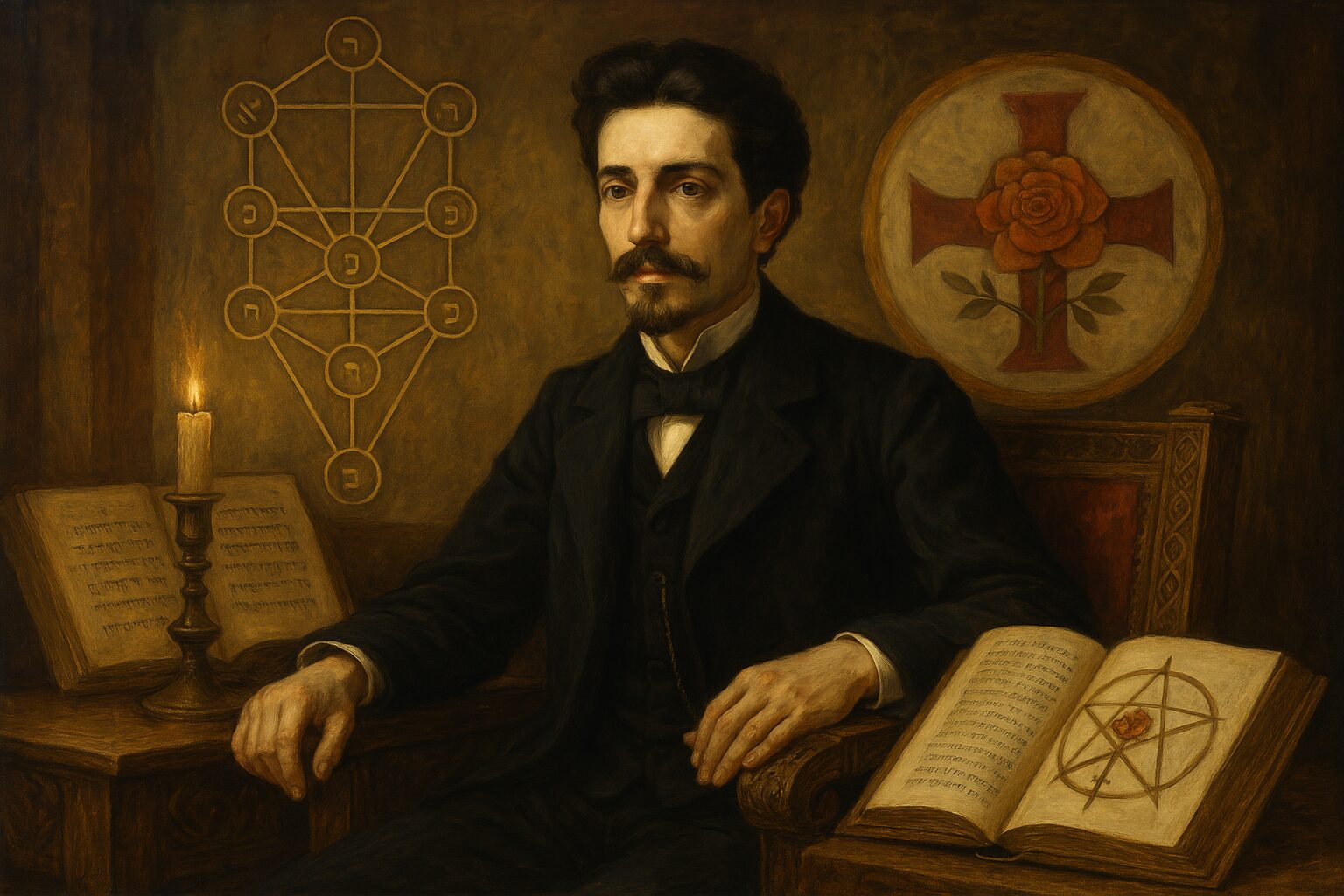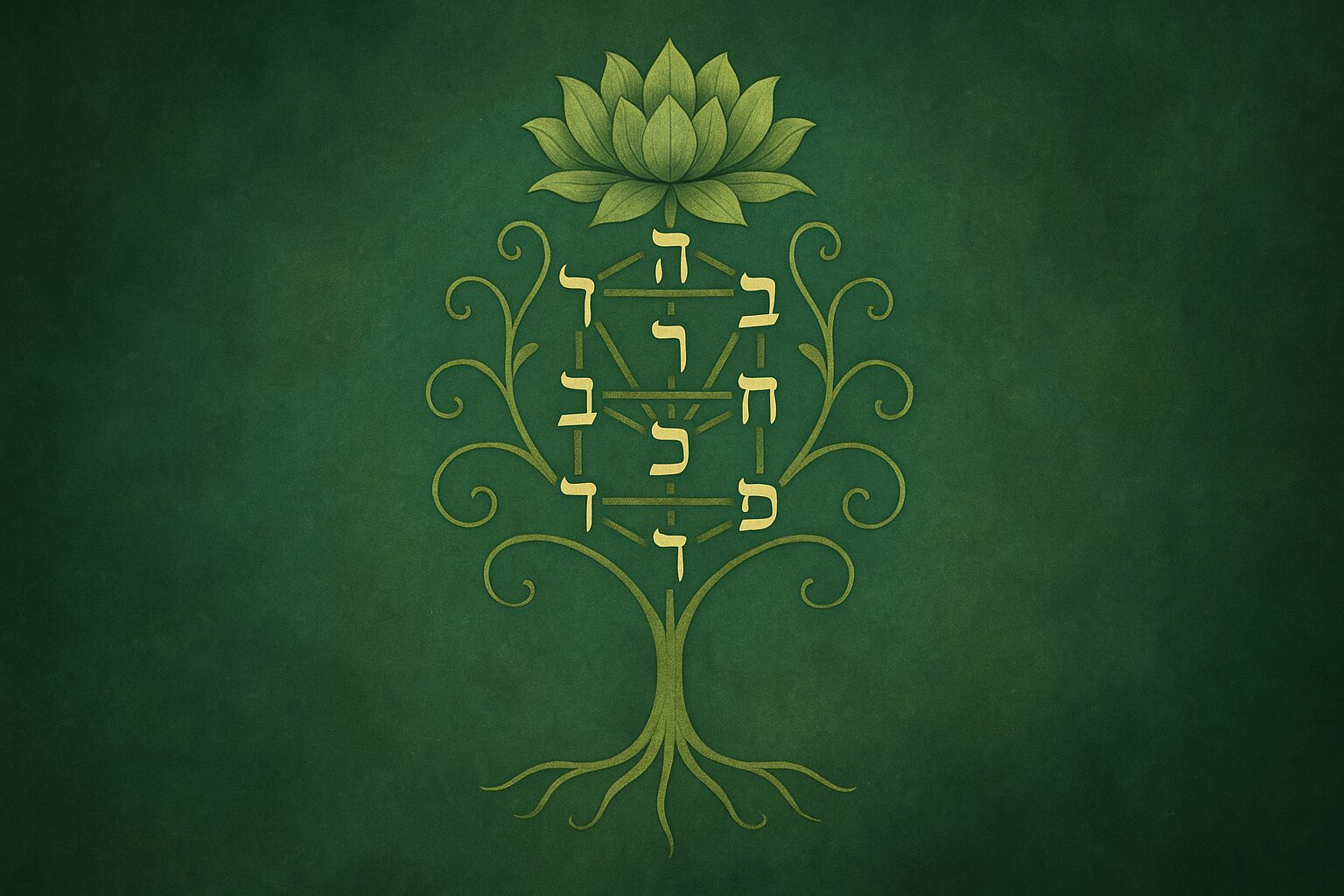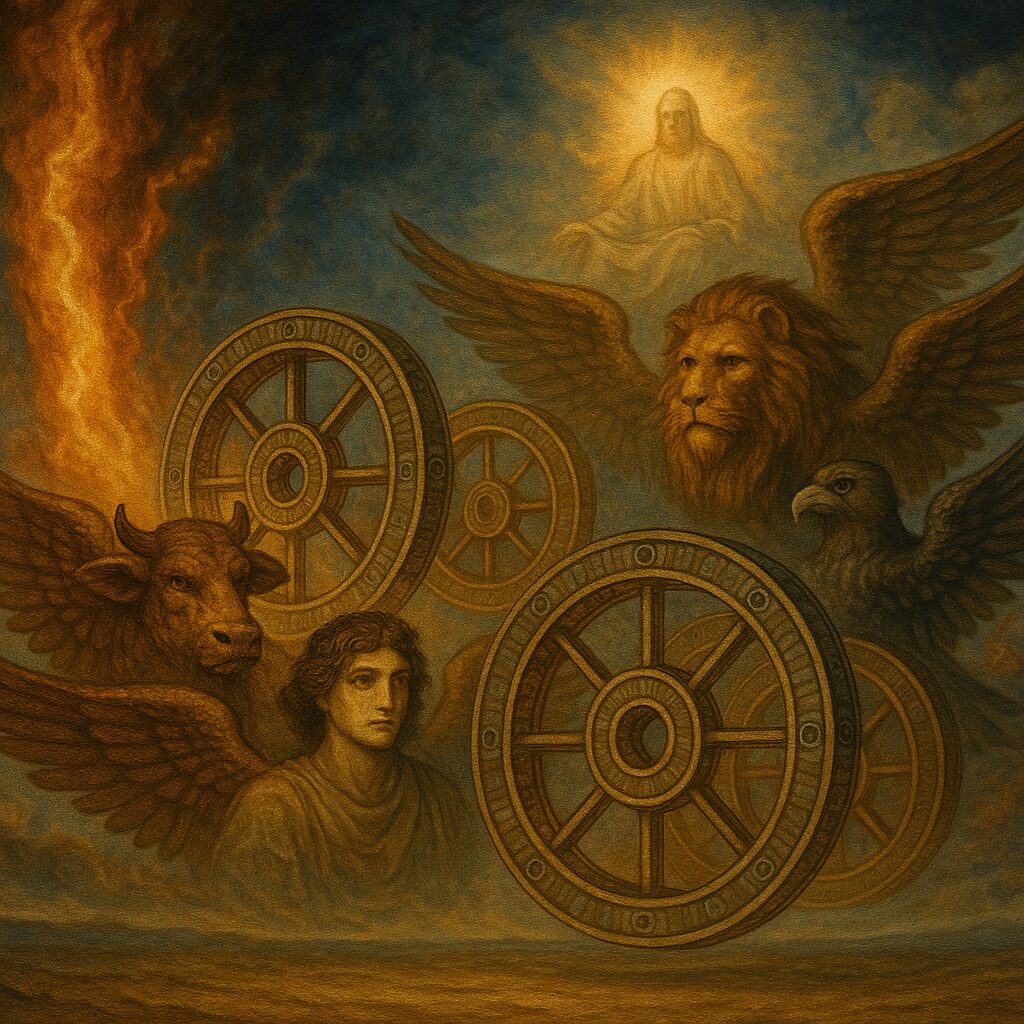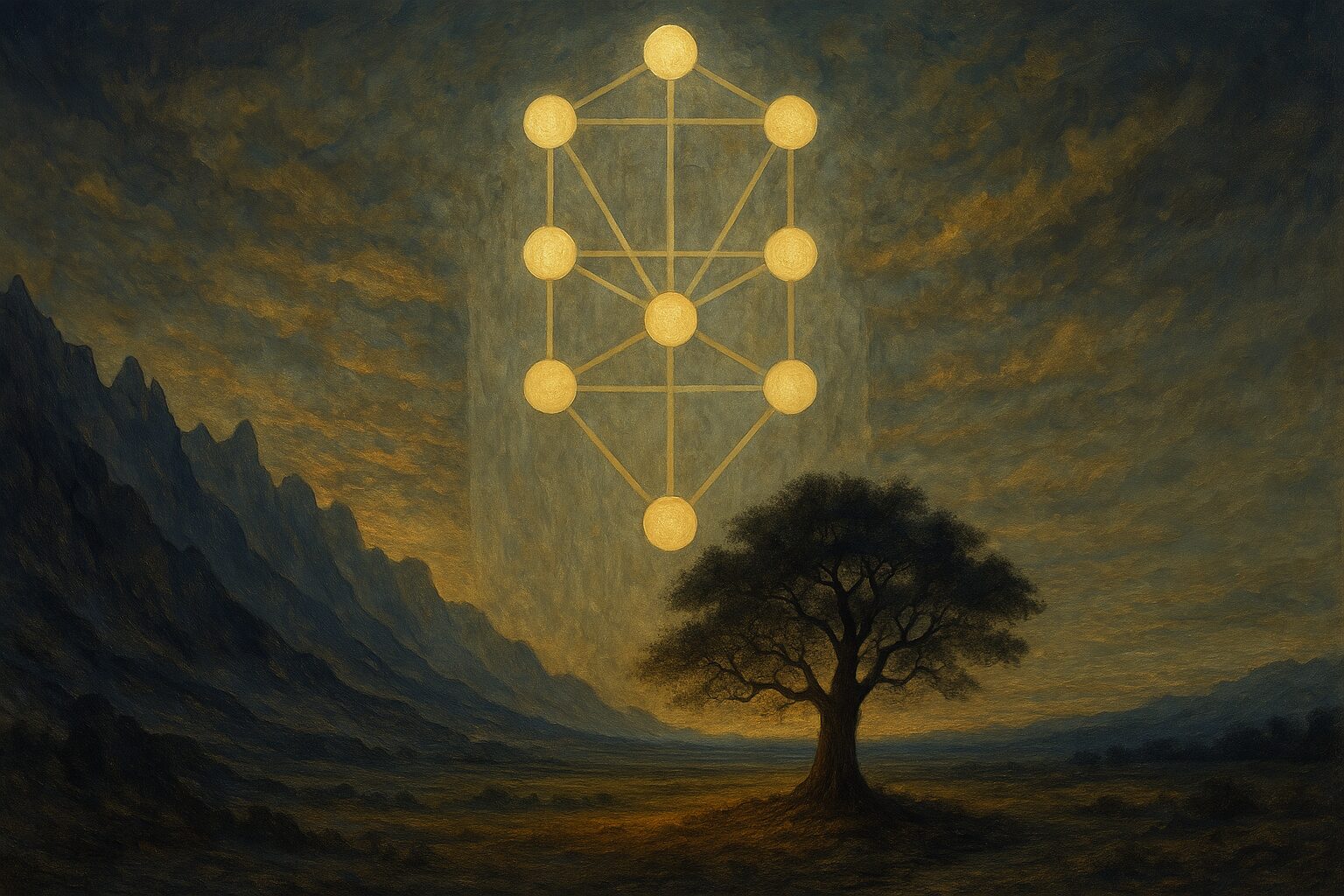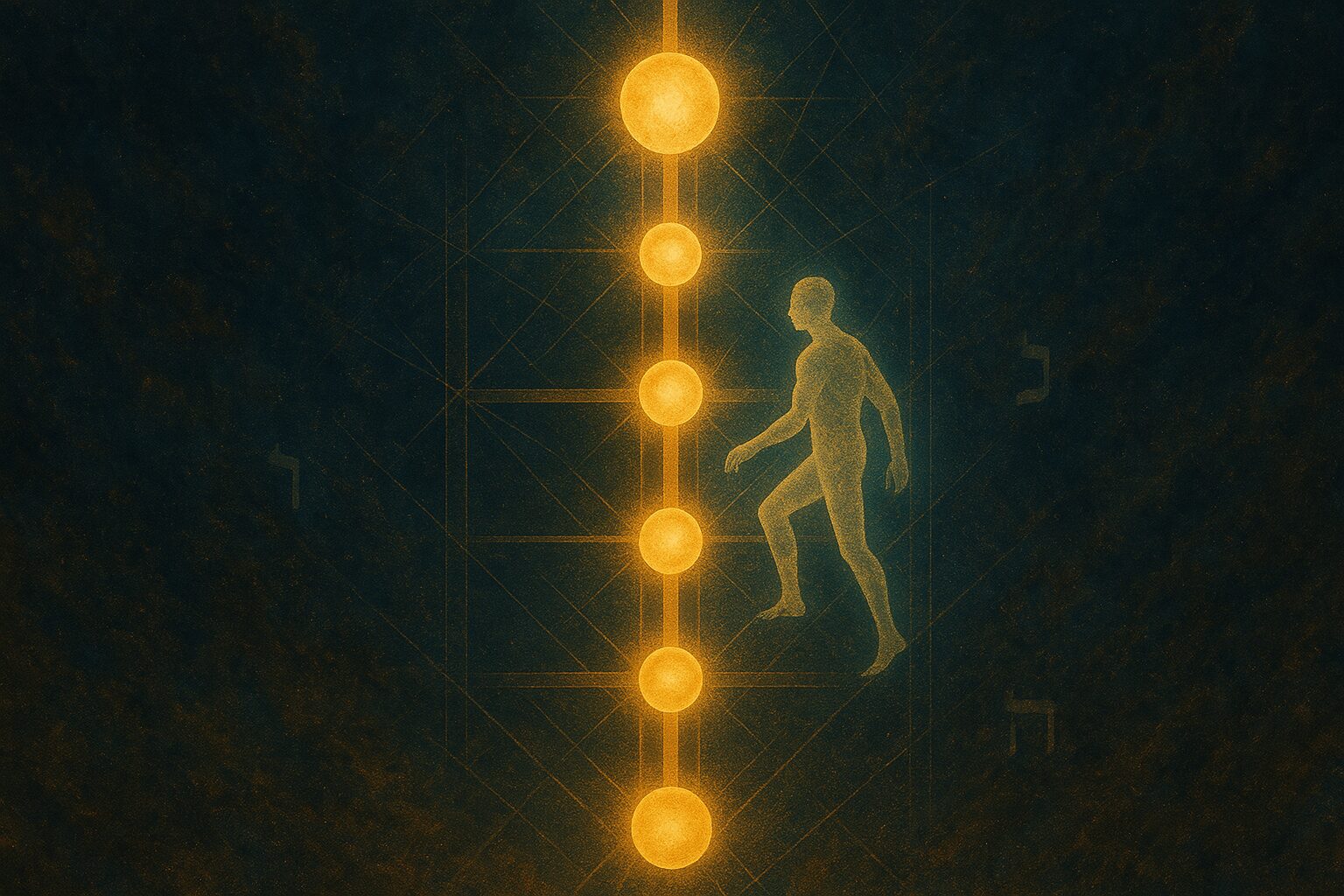Occult | Kabbalah & Symbolism Series
“Each letter of the Hebrew alphabet is a flame, a star, and a gate.”
— Stanislas de Guaita
Introduction: The Poet of the Invisible
In the golden haze of Belle Époque Paris, where salons and secret societies flourished side by side, a slender aristocrat walked the line between poetry and prophecy. Stanislas de Guaita (1861–1897) was no mere dabbler in the arcane. He was a true mage of form and fire, fusing Kabbalah, Christian mysticism, and Western esotericism into a system of sacred thought and ritual.
A dandy, an alchemist, and a metaphysician, de Guaita lit the torch of a new occultism—one steeped in ancient wisdom but cast in modern French verse.
The Order Kabbalistique de la Rose-Croix
In 1888, de Guaita co-founded the Ordre Kabbalistique de la Rose-Croix (Kabbalistic Order of the Rosy Cross), a society aimed at teaching and preserving the esoteric tradition of the West. It was a synthesis:
- Hermetic Qabalah
- Christian symbolism
- Rosicrucian mysticism
- Elements of ceremonial magic
De Guaita believed the soul could ascend the Tree of Life through disciplined study and inner transformation. Unlike more theatrical occultists of his day, he emphasized metaphysical clarity, spiritual practice, and philosophical elegance.
“To read the Zohar is to drink fire. But only the soul aflame can survive the wine.”
Aesthetic of the Sacred: Symbolism in Verse and Ritual
De Guaita’s work blurred the line between art and magic. His poetry dripped with symbols—crosses, stars, serpents, roses, triangles. For him, the written word was not metaphor, but invocation.
He published works such as:
- Essais de Sciences Maudites (Essays on the Accursed Sciences)
- La Clef de la Magie Noire (The Key to Black Magic)
- Le Serpent de la Genèse (The Serpent of Genesis)
These books blend philosophy, alchemical diagrams, Kabbalistic charts, and esoteric cosmology—beautiful grimoires of occult theory and mystical vision.
Magical Duels and the Parisian Occult Wars
De Guaita’s name became legendary not only for his scholarship but also for his esoteric conflicts. His bitter feud with Abbé Boullan, a defrocked priest of magical leanings, became known as the “Magical War.” Boullan’s supporter, novelist Joris-Karl Huysmans, wove their occult battles into the pages of his decadent novels.
These feuds were not mere fantasy—psychic attacks, rituals, and symbolic retaliation were involved. Yet through it all, de Guaita maintained a serene dedication to the Great Work.
A Death Too Early, A Flame Still Burning
Stanislas de Guaita died young, at 36, but his work became a cornerstone of the French occult revival. His order influenced the Martinist movement, the Golden Dawn, and later Western esoteric lodges.
To this day, his diagrams are studied, his verses recited, and his life seen as the embodiment of the occult poet-sage: one who lived not for illusion, but for illumination.
Recommended Readings
- La Clef de la Magie Noire
- Essais de Sciences Maudites
- Le Serpent de la Genèse
- The Doctrine and Ritual of High Magic (Eliphas Lévi, contextual companion)
